So after all that nature stuff – hiking, horse riding, eagles, mountains and such – we thought we were ready for some city time. So we actually went to Bishkek. Bishkek is Kyrgystans capital and the biggest city with roughly one million inhabitants. It’s also conveniently located on the way to our next destination, Kazachstan and the city of Almaty.
However, Bishkek and us were just not meant to be. It started with the little things.
Due to increased demand from Russian draft dodgers we had to sleep in seperate dorms. Fred shared his dorm room with 9 Russian men and when you sleep in a room with ten people there is good chance at least one guy is snoring. And if you are a light sleeper like him, this means bad nights. Also, the fact that 90% of the other people in the hostel are actually refugees fleeing from the war does not make for a particularly cheery athmosphere.
Also, Bishkek is butt ugly. I’m sorry, but it’s the truth. There are some nice places, such as the Ala-Too plaza and the surrounding parks, but all in all, it’s an ugly, dusty and smoggy city. To be honest, I couldn’t wait to leave, but as the hostels and hotels in Almaty were just as overbooked as in Bishkek, we had to wait.
In middle of all this big-city-dirt was one delightfully precious gem. And that was the Bishkek National Museum. Located in an imposing, marble, Soviet style building was a wonderful exhibition detailing Kygyzstans history from the first stone-age settlements, through the nomadic empires all the way to the occupation in Soviet times and up to the recent independence and democracy. Turns out, the Kyrgyz state is only 3 months older than I am.
The museum does a marvellous job of telling the story of the Kyrgyz people and lands. By the end, I was thouroughly invested in knowing as much as possible about Kyrgyz history, which shows just how good the museum is. We’ve enclosed several pictures of the artifacts we found interesting. Enjoy!
The museum starts with petroglyphs and typical stone age tools but the museum really shows the breadth of life from the early iron age. The Saka people had a nomadic life style based on pasteuralism but they left us some really impressive metal artifacts. Highlights for me were the beautifully crafted metal “altars” adorned with animal figures used for burning offerings.
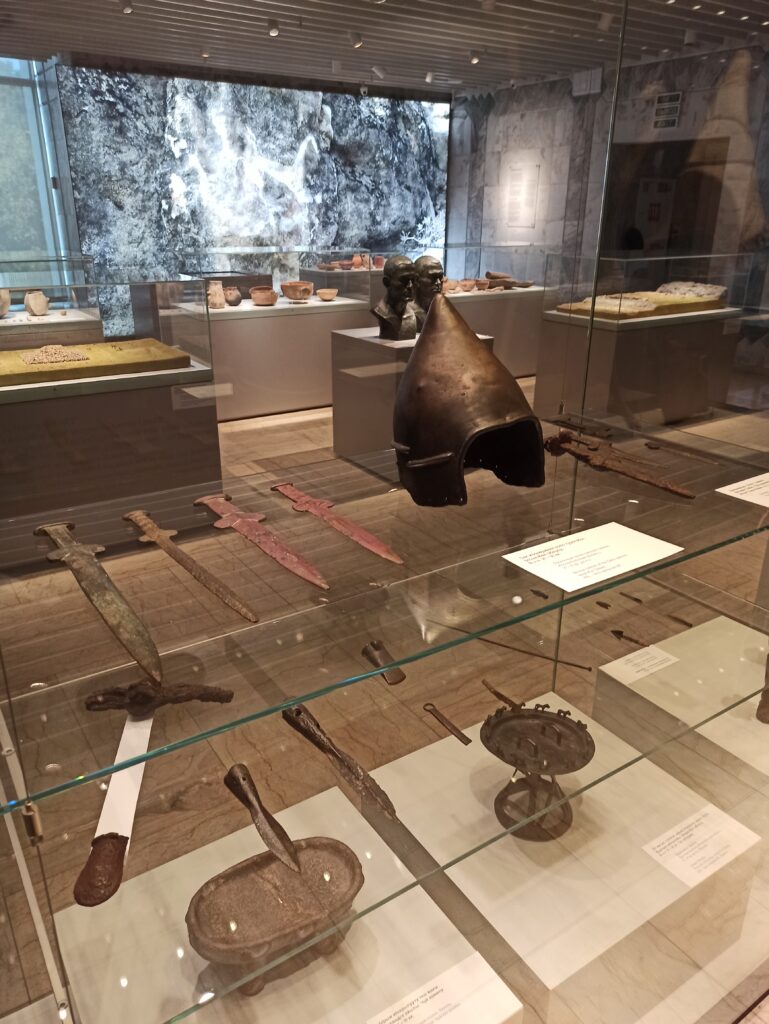
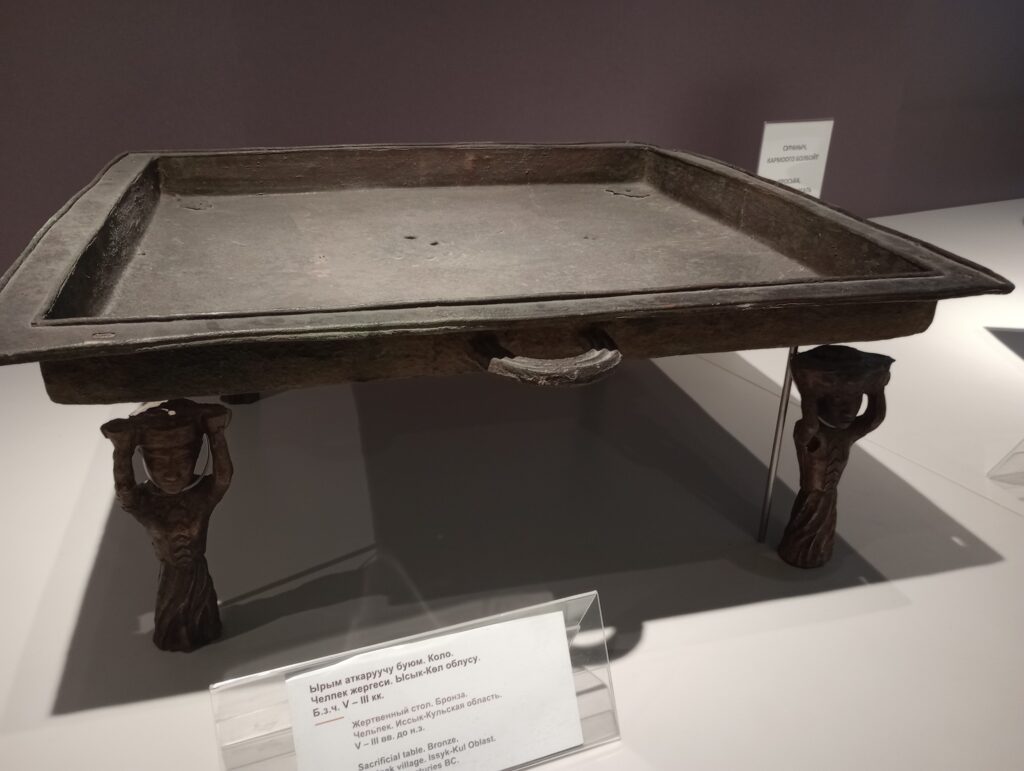
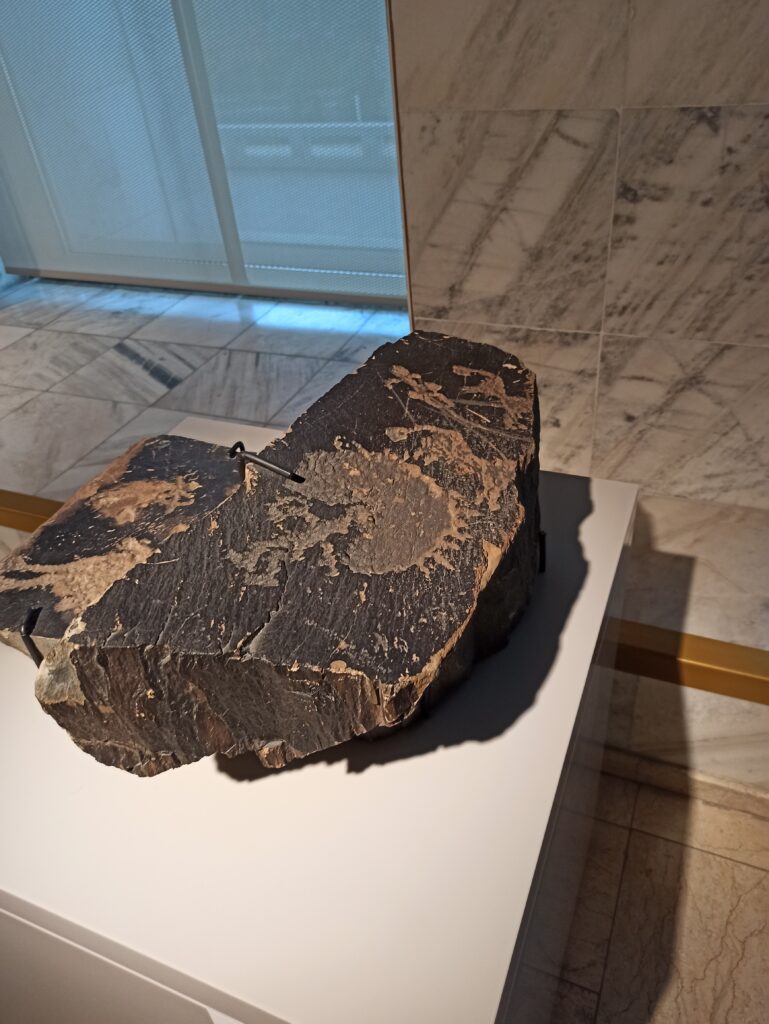
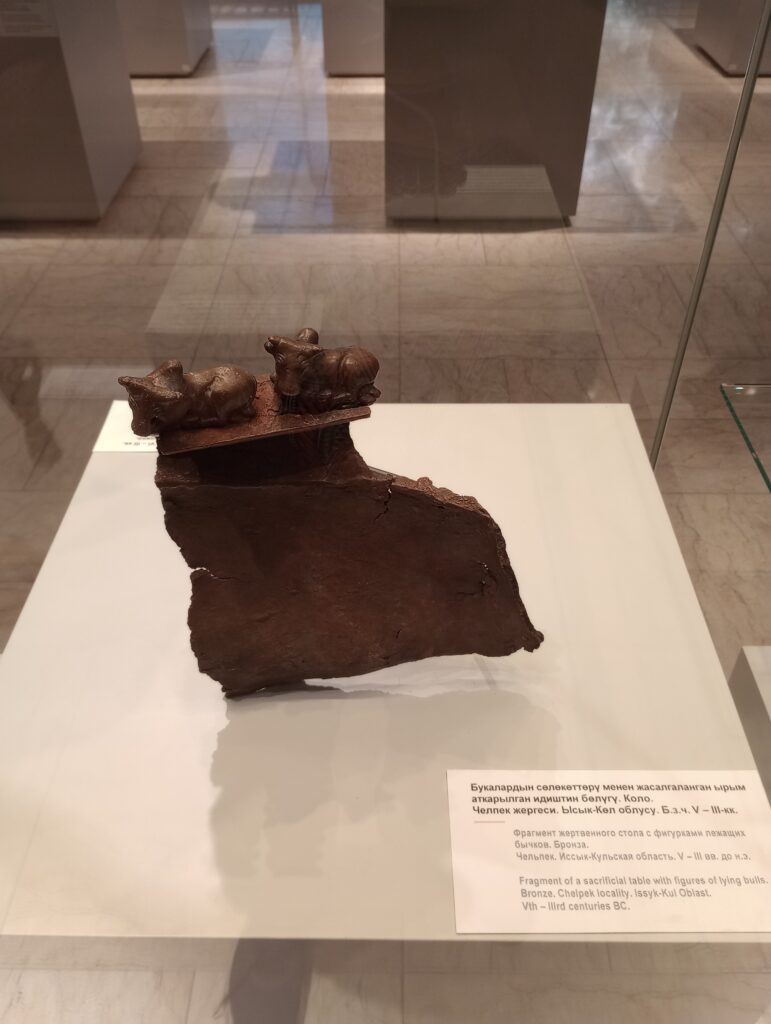
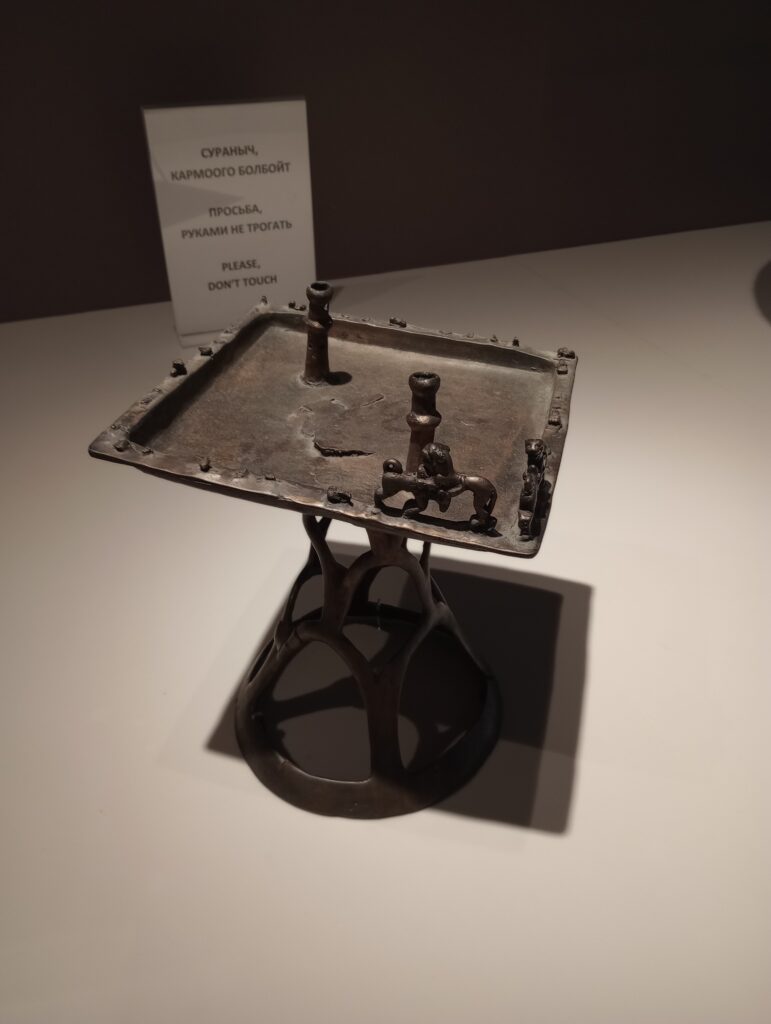
The museum further documents the various cultures living in Kyrgyzstan over the centuries. The Gögturks left us some of the more spectacular artifacts: Stone pillars carved with lifelike faces, limbs and tools to remember their deceased. The real strength of the museum are the variety of artifacts. From the various religions which were in the area during silk road times (Zoroastrians, Muslims, Buddhists, Hindus, Jains and Christians) over various household items, clothes, weapons, jewelry, coins to old board games. It is nearly overwhelming and you could definately come a second or even a third time and see interesting stuff you previously missed.
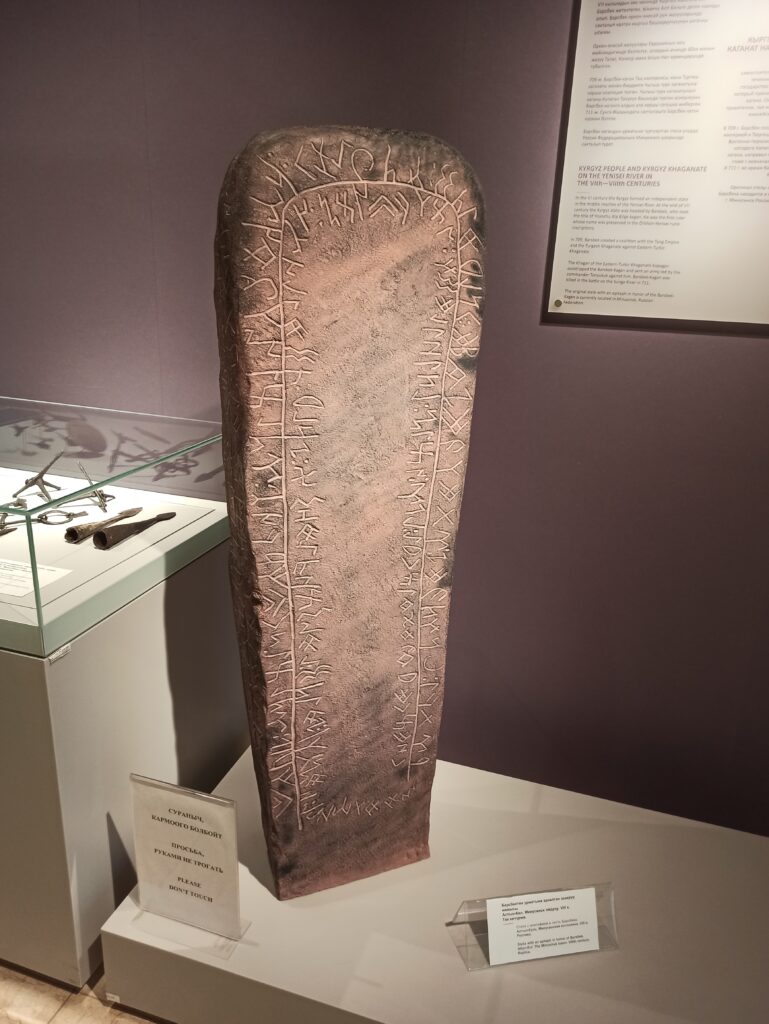
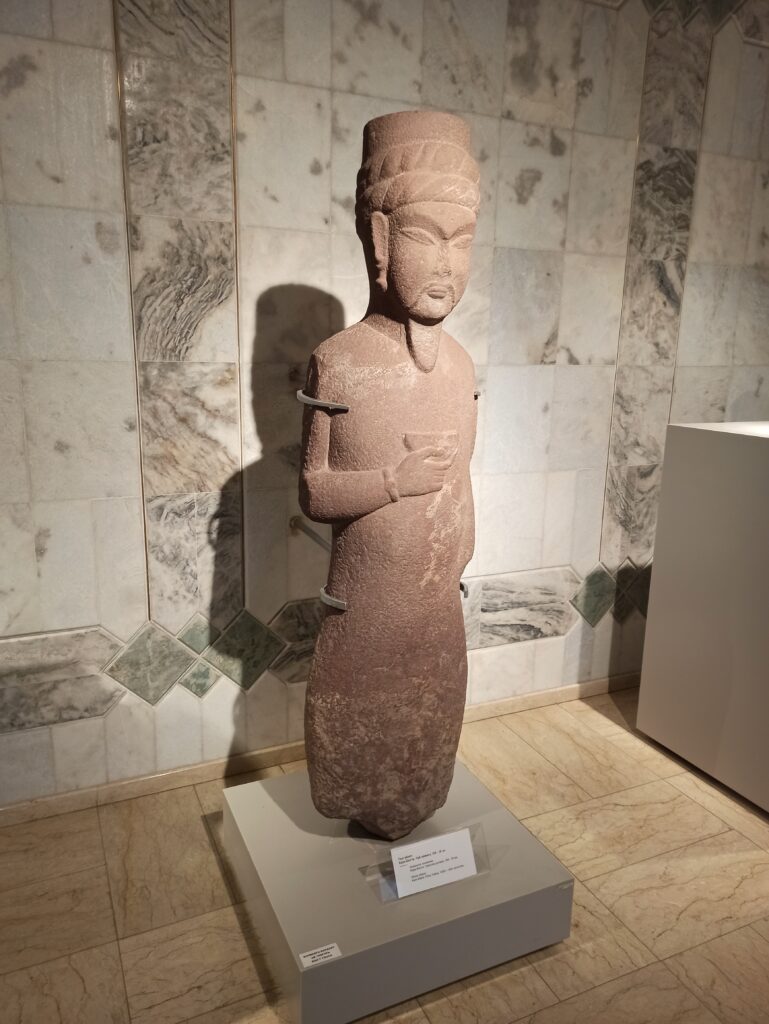
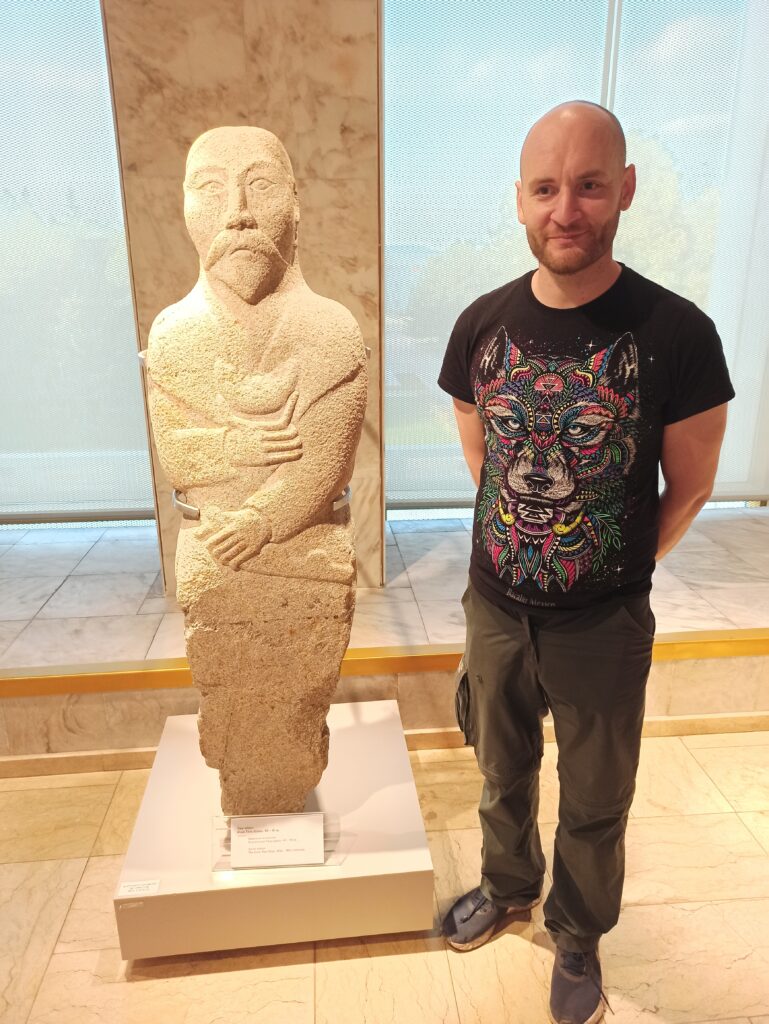
The second floor deals with Kyrgystans history from the 20th century. The museum shows great photographs of the age and tells the history of the tribes that form the Kyrgyz nation, including the story of a woman queen. There are exhibits about soviet revolution and repression, soviet heroes, world war 2, independence and even recent heroes. This was definetly one of the highlights of our trip to date.
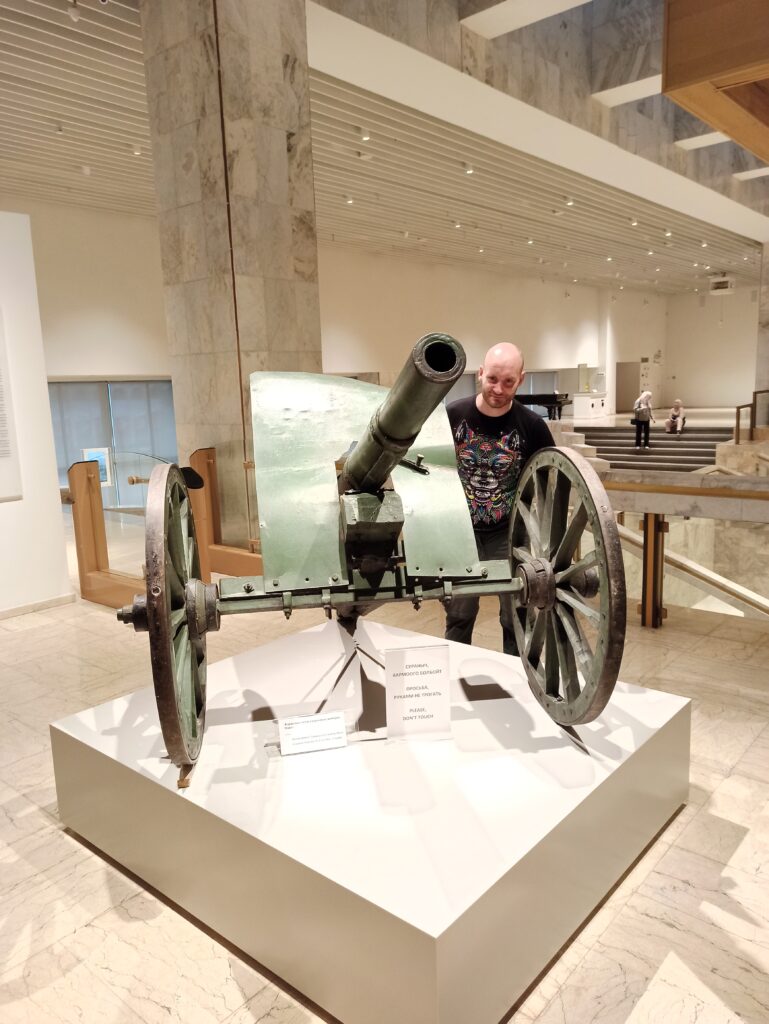
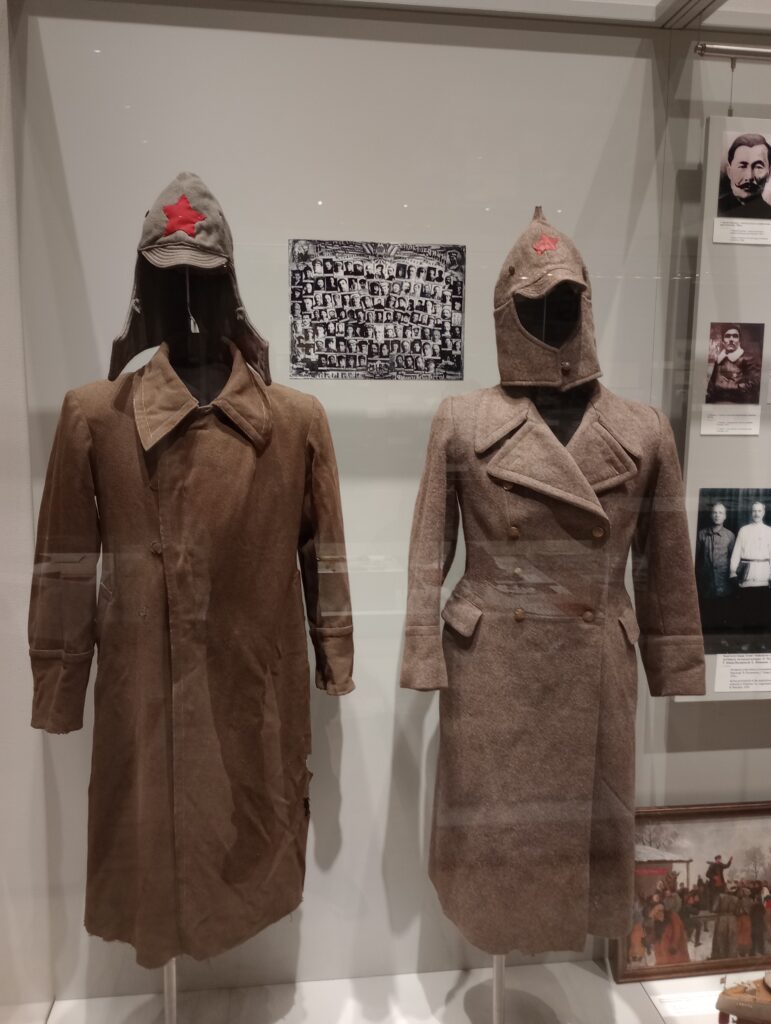
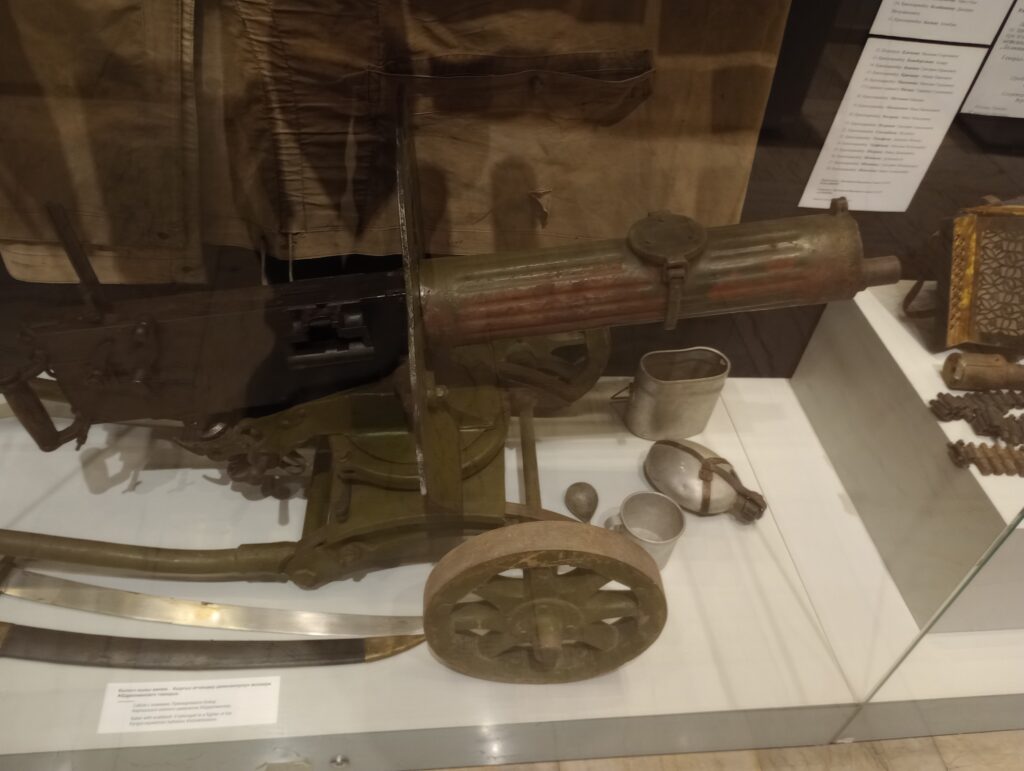
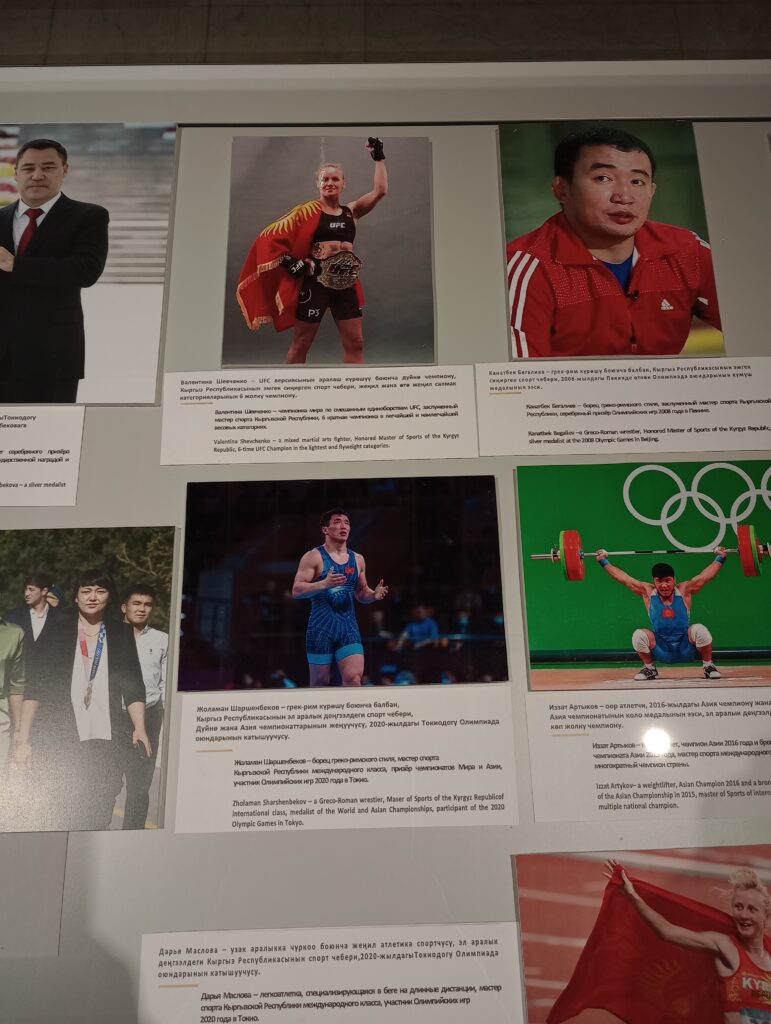
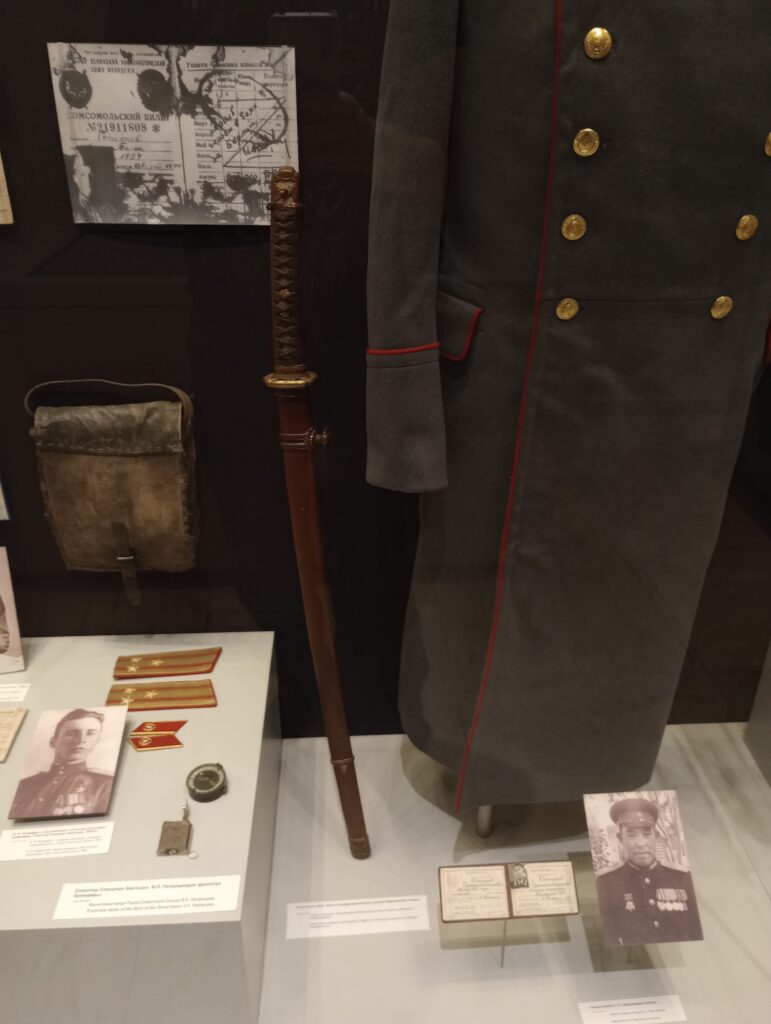
We also did some shopping at the Osh Bazar which was fun. But seriously, aside from sleeping badly we did not do much in Bishkek. And we were happy when we left the loud, smelly and dusty city for Almaty, Kazakstan.
Bardzo ciekawe!
Zachęca do obejrzenia osobiście.
????